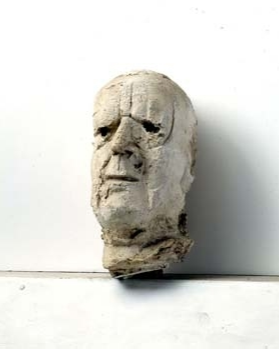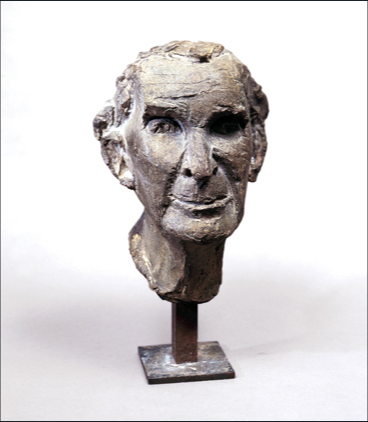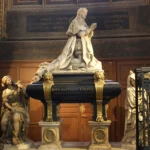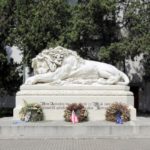Marino Marini – a brilliant sculptor from Florence

Marino Marini (born February 27, 1901 – died August 6, 1980) lived all his life with the stigma of “an artist with a dark political past.” In his youth, the sculptor managed to join the Italian National Fascist Party and even take part in the first exhibition of fascist art Mostra della Rivoluzione Fascista in 1932. Despite the fact that in 1942 he fled to Switzerland and categorically dissociated himself from politics, the stamp of Mussolini’s indirect accomplice remained on Marino Marini forever.
The works of Marino Marini have a pronounced anti-imperialist tone, but the sculptor has not previously been fond of the military theme. A native of Florence, he began studying art at the Academy of Fine Arts and until the early 1920s he was engaged in drawing, after which he discovered the beauty of sculpture. And he dedicated his whole life to her. Simultaneously with the awakened love for modeling, Marini became interested in symbolism. And as a result, the world received an outstanding master who creates monumental statues that combine archaic features and modernist trends.
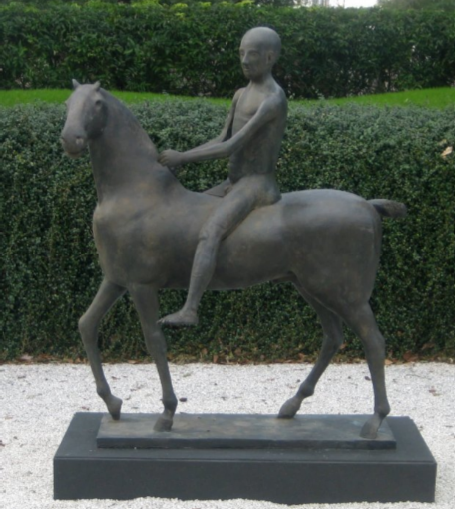
Marino Marini is now called one of the best sculptors in Italy.
Bright, non-standard, talented, he had an expressive plastic “language”. His sculptures are sometimes devoid of credibility, and not every viewer can recognize a horse in a curved piece of bronze. But it seems that Marini did not strive for complete understanding. Even while studying at the Art Academy, Marino inspiredly studied Roman and Etruscan plastic art, then devoted some time to Northern Gothic. After that, he transformed into a sculptor, creating monumental figures harmoniously inscribed in space. Even the small size of some statues could not deprive them of their majesty and pride.

Marini became the bearer of the idea of symbolism. He often and extensively turned to ancient, mythological and biblical themes. Fortunately, life in Florence became a real school of art for him. It is here that the largest number of monuments of Etruscan art is concentrated. The Academy has an interesting collection of works by Michelangelo, and the Museo Nazionale del Bargello is a true source of inspiration. Naturally, Marini tried to use the techniques and manners of the old masters in his work. But very soon he found his own unique style, which made him famous.
If the ancient Etruscan statues are static and show a person at rest, then Marini often chose movement, speed, dynamics. At the same time, he avoided complex plots and cumbersome compositions. Favorite and recognizable motifs are riders, dancers, nudes, acrobats.
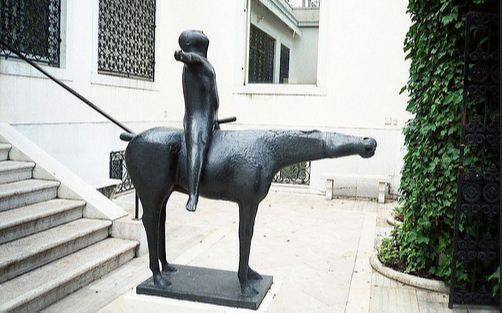
The central theme in Marini’s work has always been the rider.
At different periods, the master returns to his favorite plot and improves it, changing the main features.
The first Marini horses have refined and stable figures, with long beautiful legs and regular heads. In post-war works, the image of a horse becomes more expressive. Increasingly, the animal is exhausted and exhausted, but still strong – it is torn in agony, tossing its head, trying to throw off the rider. Thus, Marini tried to express his own state, attitude to events in the world, to the fate of all mankind. The sculptor depicts impotence and emptiness. The undisguised barbarism called the “victory” of man over nature cannot go unpunished.
